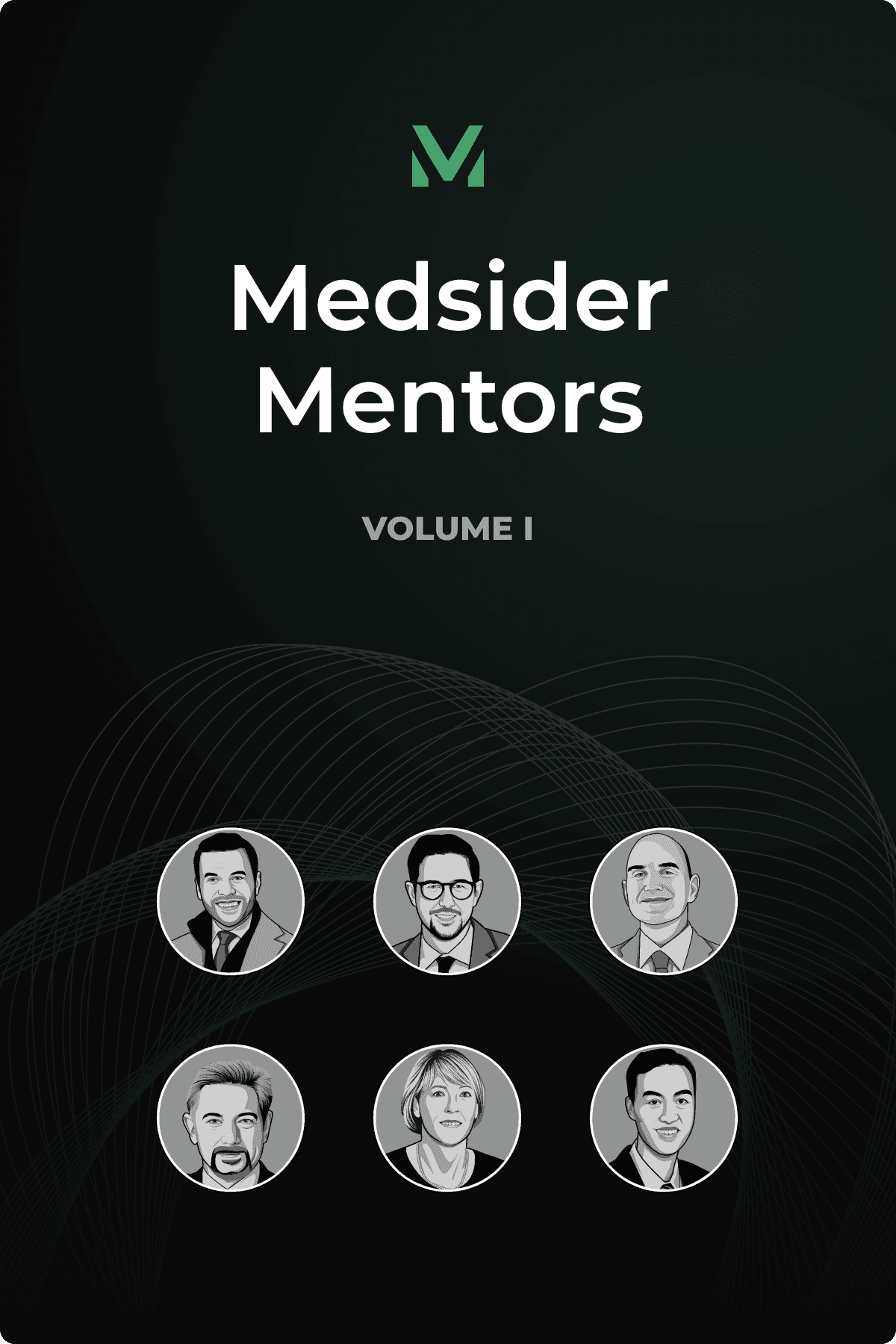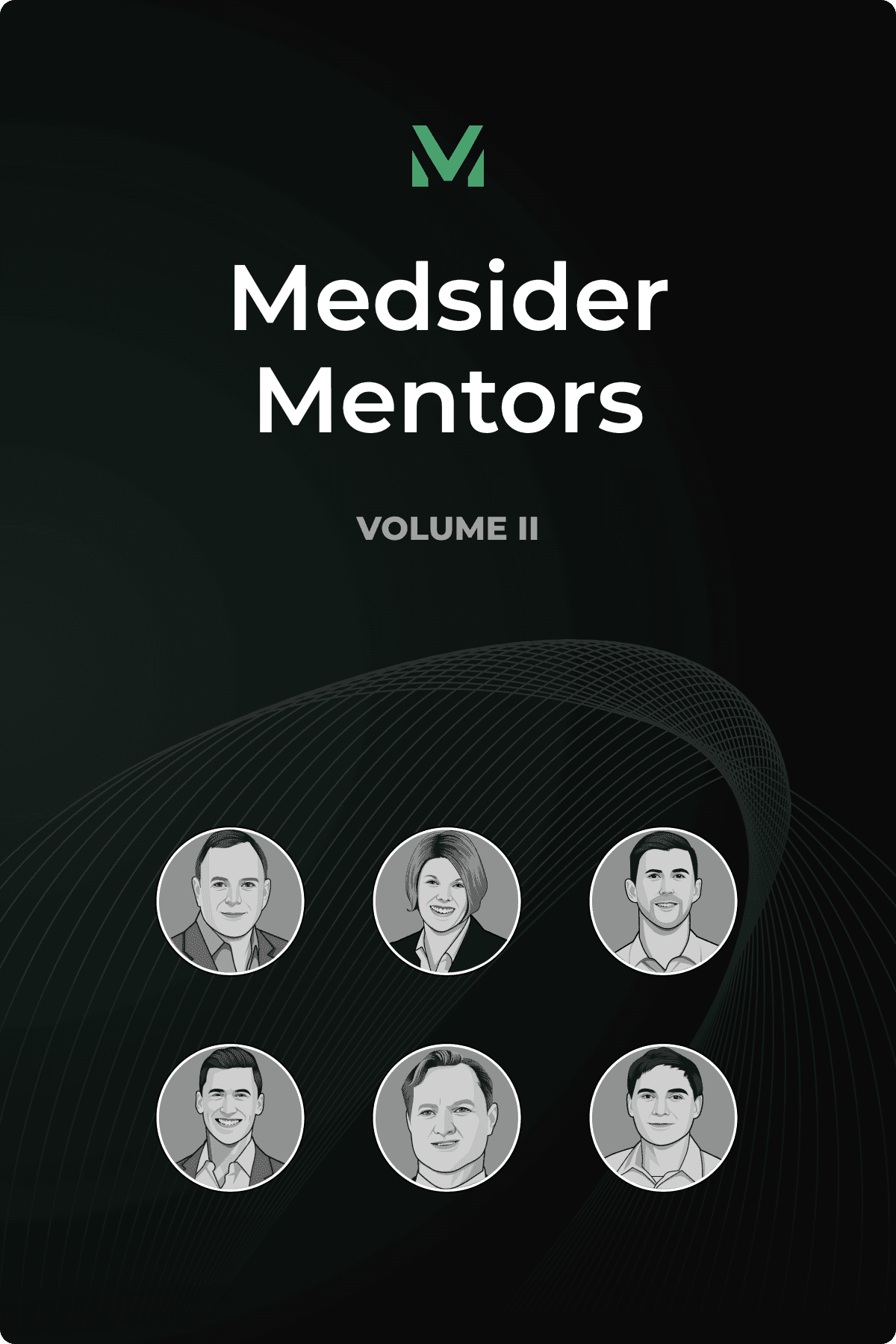Iterating Towards Perfection in Medtech
Interview with Sonavex CEO David Narrow

David Narrow began his medical device journey at the University of Rochester as a biomedical engineering student and later attended graduate school at Johns Hopkins. During his time at Hopkins, he participated in a bio-design program, which served as a great springboard for his future medtech endeavors. There, David partnered with a physician and a professor, collaborating on an initial prototype for what would become the foundational technology for his company, Sonavex.
Before diving into his entrepreneurial path, David took a detour into healthcare strategy consulting, landing a role at Health Advances, a Boston-based firm with a global presence, and was involved in financial forecasting, market research, M&A due diligence, and health economic modeling for therapeutics, diagnostics, and device companies.
David’s experience at Health Advances proved invaluable for his career and the formation of his own company. After his stint in Boston, he returned to Baltimore to further advance the technology he and his partners initially conceptualized, leading to the founding of Sonavex.
Operating for almost a decade, Sonavex is committed to novel, automated ultrasound technology to improve healthcare. The company's flagship products, EchoMark and EchoSure, work in tandem to enhance the care of dialysis patients.
EchoMark is a bioresorbable fiducial marker implanted at the time of arteriovenous fistula (AVF) creation, a connection made between a vein and an artery in the arm for dialysis. EchoSure, on the other hand, is an AI-powered 3D ultrasound system that automates the entire process of data collection, processing, and display in relation to the AVF. With these two technologies, Sonavex aims to expedite the maturation process of the AVF, which currently averages over six months.
EchoMark and EchoSure have both received 510(k) clearances. Currently, Sonavex is actively involved in clinical trials to further validate the efficacy and health economics of its products, demonstrating the company’s commitment to improving patient outcomes and overall cost-effectiveness. If proven successful, this could significantly reduce hospital visits, providing an effective solution for patients, providers, and payers.
Key Learnings From David’s Experience
The ultimate perfection of your product design is a result of continuous iteration. Don’t get married to your first prototype, but keep refining it. Solicit consistent feedback through every phase, especially from end users, to make this process as cost-effective and efficient as possible.
When navigating the regulatory landscape, leverage all of your resources and don’t be afraid to ask for help from your network. Initiate early communication with regulatory bodies like the FDA to anticipate challenges and understand their expectations.
There is no one-size-fits-all strategy when it comes to winning venture capital. Keep in mind that investment decisions are often driven by emotions and hinge heavily on your management team's credibility. Utilize your contacts to connect with the right capital partners and learn what drives them to invest.
You May Like These Articles
Medsider Premium
Become a premium member and unlock access to exclusive Medsider benefits.



